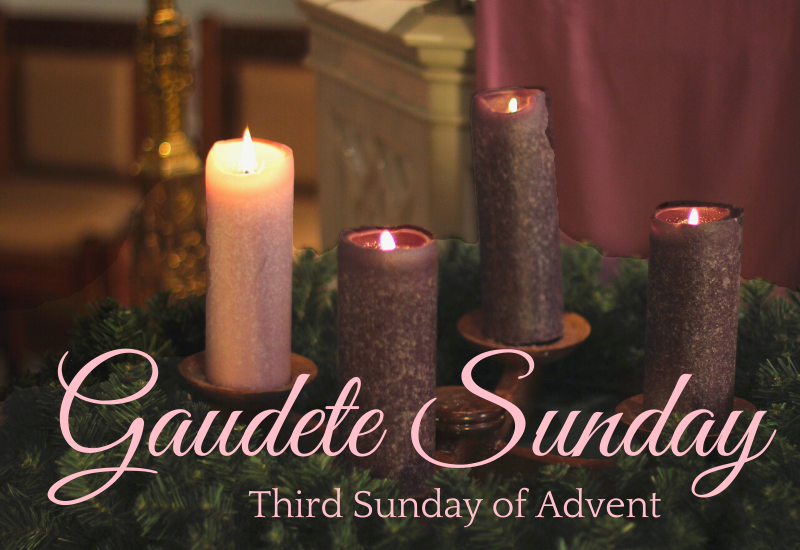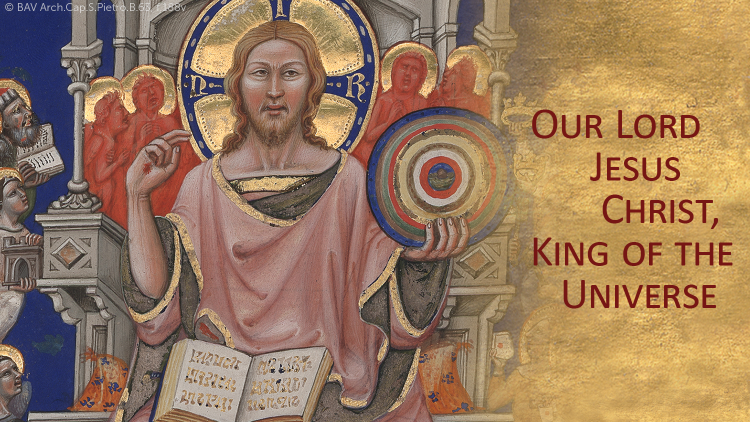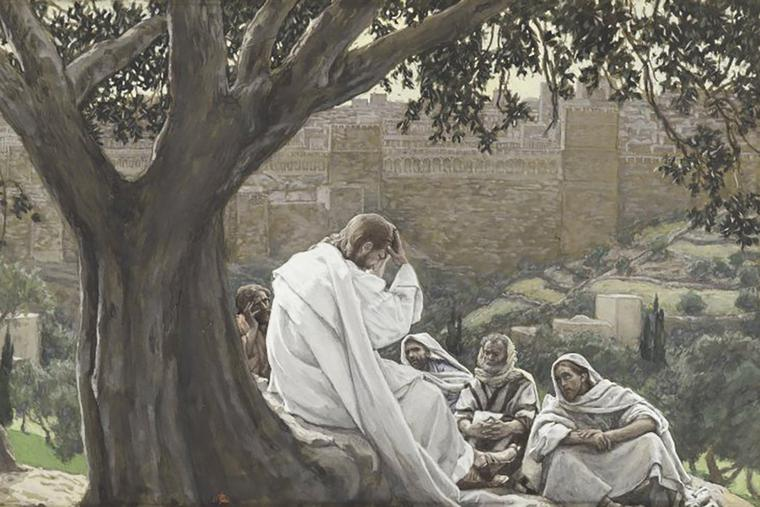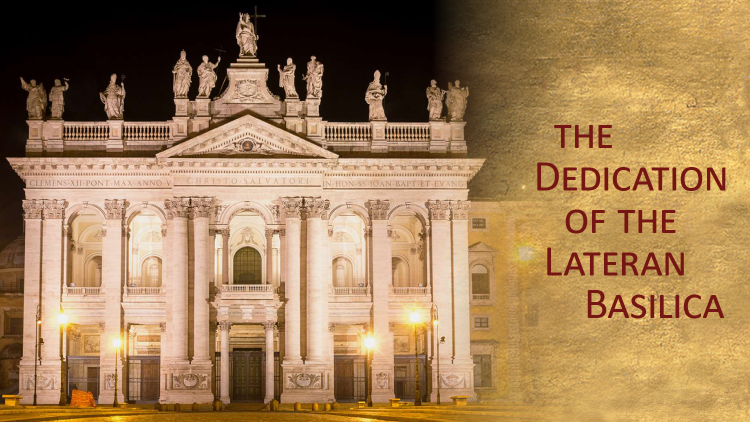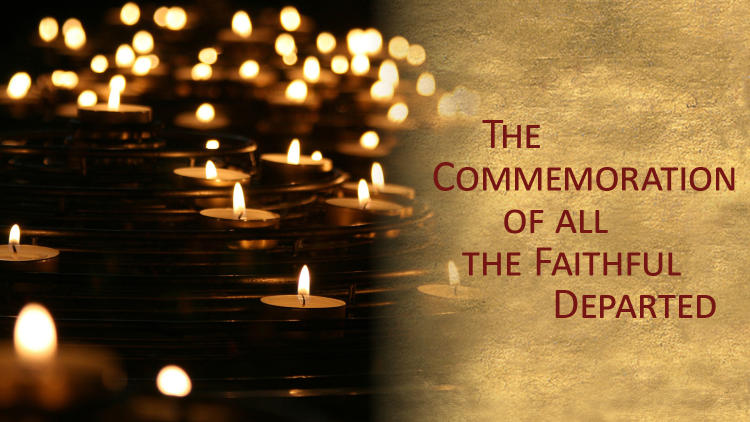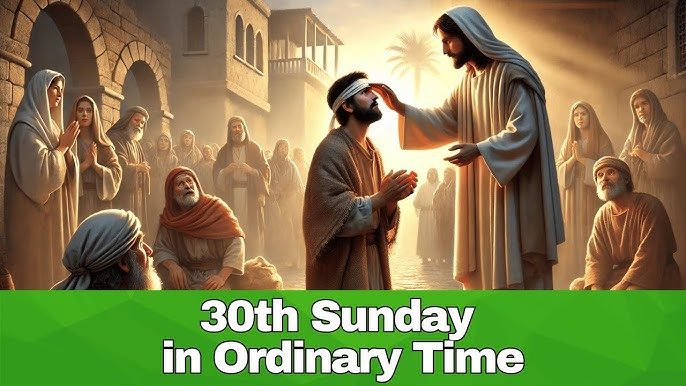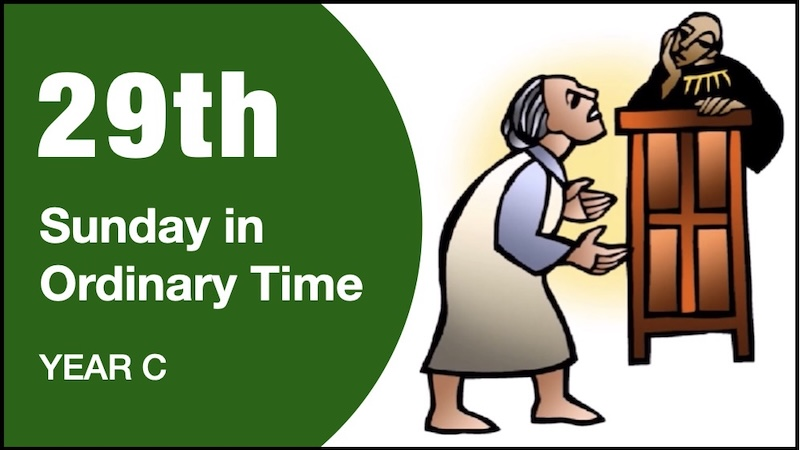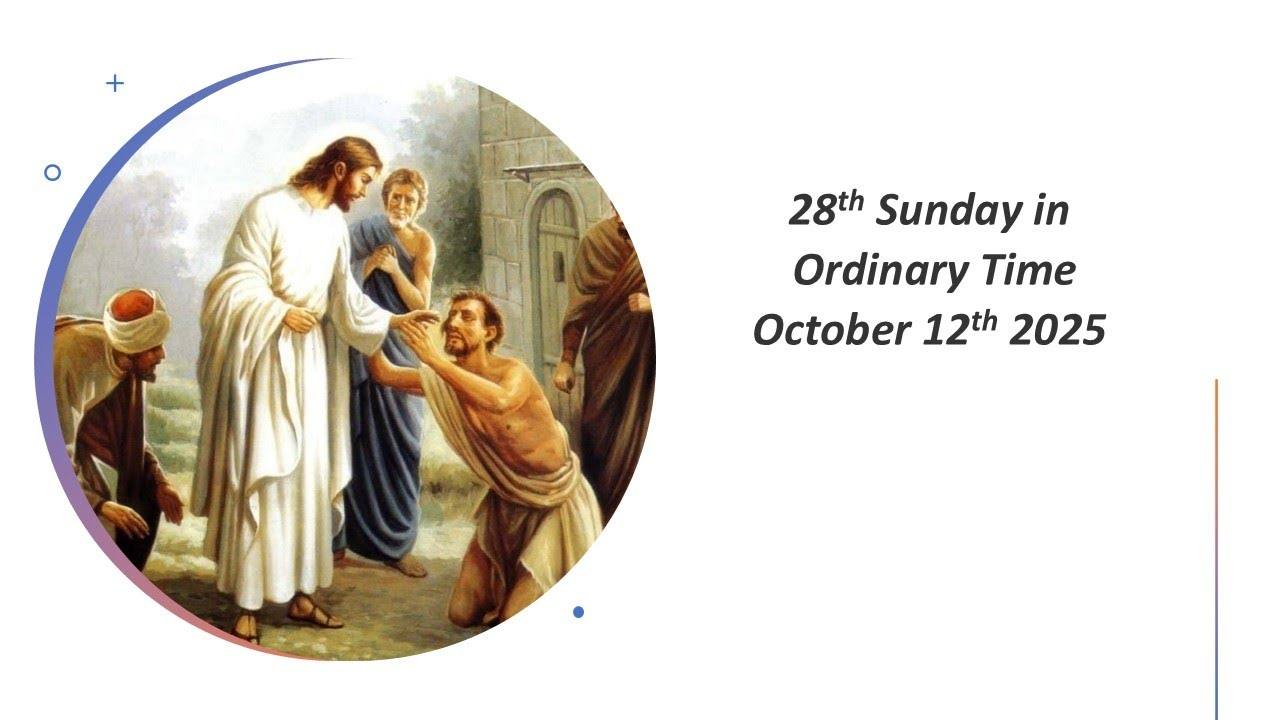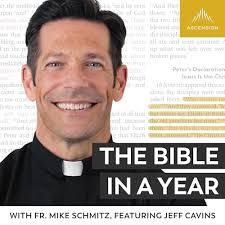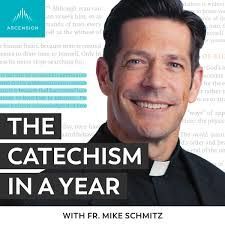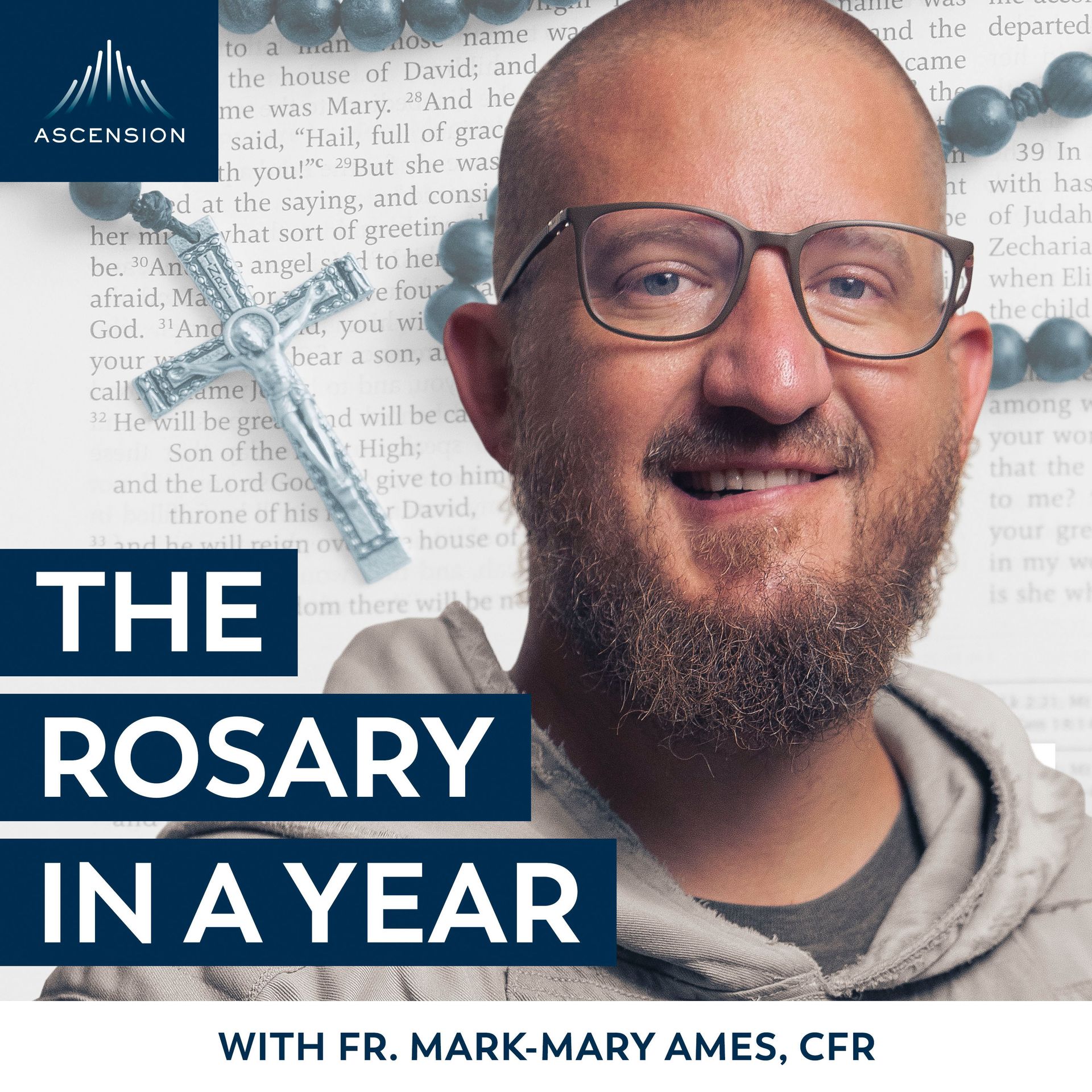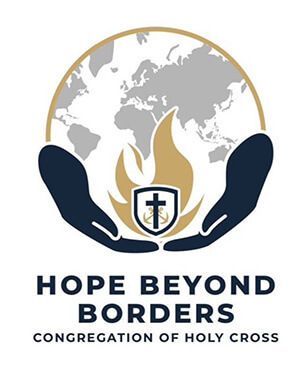Twenty-Sixth Sunday in Ordinary Time, October 1, 2023
Dear Friends,
I would like to offer my thanks to Paco and Nancy Farach for leading the St. Andre Golf Tournament this year. It was a huge success! Thank you, Almighty Father, for providing us with fabulous weather. And thanks to all those who played and those participated one way or another: you helped make it a wonderful community event for our parishioners and friends.
Thanks also to all those who have responded to my request to increase our parish’s participation for Our Catholic Appeal (OCA) . For those of you who have not yet responded, please consider a one-time sacrificial offering to support the many ministries of the Diocese funded by the OCA program.
As we enter into the 26th Sunday in Ordinary Time, the Church invites us to again contemplate the need for conversion, for changing our way of life, and for remolding our ways according to the Way shown by our Lord Jesus Christ. St. Paul tells us that this means doing nothing out of selfishness, pride, or vanity. And he says that we are to regard others as more important than ourselves . This is a very high bar . Let us, therefore, ask for all the graces we need to follow the Way of Jesus.
Let us now move forward with the Post-Synodal Apostolic Exhortation of Pope Benedict XVI entitled: Sacramentum Caritatis. Have a Blessed Week!
With love,
Fr. John
W e e k 14 — SA C R A ME N T U M C A R I T AT I S ( TH E SA C R A ME N T O F C H A R I T Y : T H E E U C H AR I ST )
CONTINUATION OF THE POST-SYNODAL APOSTOLIC EXHORTATION SACRAMENTUM CARITATIS OF THE HOLY FATHER BENEDICT XVI TO THE BISHOPS, CLERGY, CONSECRATED PERSONS AND THE LAY FAITHFUL ON THE EUCHARIST AS THE SOURCE AND SUMMIT OF THE CHURCH'S LIFE AND MISSION
P A R T O N E : T H E E U C H A R I ST — A M Y ST E R Y T O B E B E L I E V E D ( c on t i n u e d )
“This is the work of God: that you believe in whom he has sent.” (Jn 6:29)
THE EUCHARIST AND ESCHATOLOGY
THE EUCHARIST AND THE VIRGIN MARY
- From the relationship between the Eucharist and the individual sacraments, and from the eschatological significance of the sacred mysteries, the overall shape of the Christian life emerges, a life called at all times to be an act of spiritual worship, a self-offering pleasing to God. Although we are all still journeying towards the complete fulfilment of our hope, this does not mean that we cannot already gratefully acknowledge that God's gifts to us have found their perfect fulfilment in the Virgin Mary, Mother of God and our Mother. Mary's Assumption body and soul into heaven is for us a sign of sure hope, for it shows us, on our pilgrimage through time, the eschatological goal of which the sacrament of the Eucharist enables us even now to have a foretaste.
In Mary most holy, we also see perfectly fulfilled the "sacramental" way that God comes down to meet his creatures and involves them in his saving work. From the Annunciation to Pentecost, Mary of Nazareth appears as someone whose freedom is completely open to God's will. Her immaculate conception is revealed precisely in her unconditional docility to God's word. Obedient faith in response to God's work shapes her life at every moment. A virgin attentive to God's word, she lives in complete harmony with his will; she treasures in her heart the words that come to her from God and, piecing them together like a mosaic, she learns to understand them more deeply (cf. Lk 2:19, 51); Mary is the great Believer who places herself confidently in God's hands, abandoning herself to his will. (102) This mystery deepens as she becomes completely involved in the redemptive mission of Jesus. In the words of the Second Vatican Council, "the blessed Virgin advanced in her pilgrimage of faith, and faithfully persevered in her union with her Son until she stood at the Cross, in keeping with the divine plan (cf. Jn 19:25), suffering deeply with her only-begotten Son, associating herself with his sacrifice in her mother's heart, and lovingly consenting to the immolation of the victim who was born of her. Finally, she was given by the same Christ Jesus, dying on the Cross, as a mother to his disciple, with these words: ‘Woman, behold your Son."' (103) From the Annunciation to the Cross, Mary is the one who received the Word, made flesh within her and then silenced in death. It is she, lastly, who took into her arms the lifeless body of the one who truly loved his own "to the end" (Jn 13:1).
Consequently, every time we approach the Body and Blood of Christ in the eucharistic liturgy, we also turn to her who, by her complete fidelity, received Christ's sacrifice for the whole Church. The Synod Fathers rightly declared that "Mary inaugurates the Church's participation in the sacrifice of the Redeemer." (104) She is the Immaculata, who receives God's gift unconditionally and is thus associated with his work of salvation. Mary of Nazareth, icon of the nascent Church, is the model for each of us, called to receive the gift that Jesus makes of himself in the Eucharist.
(102) Benedict XVI, Homily (8 December 2005): AAS 98 (2006), 15-16.
(103) Dogmatic Constitution on the ChurchLumen Gentium,
(104) Propositio4.
